-
Posts
1,020 -
Joined
-
Last visited
-
Days Won
1
Content Type
Profiles
Forums
Blogs
Gallery
Events
Store
Posts posted by Taz
-
-
-
-
Here is the splash board, mud guards, wheel and track type (waffle design) on a GDR T34/85.
These details are exactly the same as on the the Polish version you have shown. Under licence, production was restarted in Poland between 1951 to 1955. 1,380 T-34-85s were made. Your Photo is either a late war Soviet version or the Polish T-34/85-M1.
Ill try and find some more info for you.
Regards Eddie
0 -
Very nice ?
Regards Eddie
0 -
The Polish versions would be T-34/85-M1 or M2, the later having a deep-wading capability.
Regards Eddie
0 -
You most likely know this site already but if not maybe it can help you further with identification.
Regards Eddie
www.101airborneww2.com/eaglepatchcorner.html
0 -
-
1) Brotherhood in Arms Medal - gold grade (First Class), Fegyverbarátságért Érdemérem arany fokozata, ezüst and eronz fokozata would be the 2nd and Third classes, Silver and Bronze grades respectively.
Numbers 54, 58 and 62 in the Hungarian order of precedence
2) Just a miniature i think, here you can see the two pins on the back for attachment.
Hope that is a little help,
Regards Eddie
0 -
I think it is the Commander's Cross of the Military Order of Savoy.
Regards Eddie
0 -
-
4 hours ago, coldstream said:
I may be way off here but to me the vehicle shown on the left appears to have a gun muzzle facing the camera, there does not appear to be a muzzle brake of any kind and the smooth outline top right suggests to me that this may be a Sherman tank. The perspective of the photograph makes the figures on the left look large in comparison with this vehicle but there appears to me to be someone standing immediately next to it who would make the Sherman Tank theory appear about the right size.
The vehicle on the right appears to have fairly flat slab plates and I would suggest that this could be a Chevrolet C15 Truck. IMHO.
Regards Simon.
Very blurred photo but i think Simon may well be correct.
Regards Eddie
0 -
Martin, at the bottom of the article i linked is a bit of info on reproductions.
Regards Eddie
0 -
http://www.quanonline.com/military/military_reference/german/badges/nuts.php
Does this help at all?
Regards Eddie
0 -
Yes the Skorpion G is another example of a tank that exisited in Blueprint only but i would not call a fake.
0 -
Gefechtsaufklärer E-10 Leopard is that sites name for it and it was actually planned.
I imagine that some are made up yes, but to call Tanks that have blueprints and or parts actually built, fake is not really correct.
0 -
That site defines proposed projects as fake which i would say is incorrect.
VK16.02 Leopard is another example.
0 -
Some variants were planned.
Upgunned Krupp Maus turret with a 150 mm KwK 44 gun.
E-100 Ausf. B with improved turret.
StuG E-100 Krokodil with a 174 mm gun.
Flakpanzer E-100 with dual 88 mm anti-aircraft guns.
0 -
One Panther II hull exists as far as i know and 1 E-100 chassis was built also.
0 -
Same thing I want to say about the " Panzer V Ausf D 'Leopard' - 75L48" from, supposedly, November 1942 Ukraine. It looks like a longer Panzer IV, with tracks similar to the VK 30.01. Was that a real tank prototype or a fake? Which is its story?
This is in my opinion fake. Panzer V would i assume be the Panzerkampfwagen V „Panther“ (Sd.Kfz. 171) which this tank bears no simularities whatsoever.
Regards Eddie
0 -
Well one reason why the ironclad was developed was as a result of the vulnerability of wooden warships to explosive or incendiary shells.
0 -
VK6501
The fourth picture down that has no designation is the VK6501 (also known as Panzerkampfwagen VII or Henschel SW)
Weight: 65 tons
Crew: 5
Armour: 80mm all around, DW turret (80mm Mantlet)
Engine: 600hp Maybach HL224
Maximum speed: 20km/h
Armament: 75mm L/24, 75mm L/40, 105mm L/200 -
The Begleitwagen I(Rh) was Rheinmetall's design in the competition for the upcoming Panzerkampfwagen IV design. Ultimately, Rheinmetall's design failed, as the suspension was taken from the earlier Neubaufahrzeug V(Rh) / VI(K) tanks. Krupp's version was much more modern and suited the role given by the German army.
Variants
Begleitwagen I(Rh) VK20.01(Rh) - Rheinmetall's design
Begleitwagen I(K) VK20.01(K) - Krupp's design.
Begleitwagen I(MAN) VK20.01(MAN) - MAN's design.
Begleitwagen II(K) - Krupp's more advanced design.
Begleitpanzer I(Rh)
General Data
Type - Medium Tank
Place of Origin - Germany (Third Reich)
Designed by - Rheinmetall AG
Designed - 1934 - 1935
Manufacturer(s) - Rheinmetall AG
Number Built - At least 1
Designations - VK20.01(Rh)
Company Designation - Bataillonsführerwagen
Developed From - Neubaufahrzeug V(Rh)
Armament
Main Gun(s) - 7,5cm KwK 37 L/24
Coaxial Gun - 7.92x57mm MG 34
Armour Min/Max - 15-30mm
Misc Specs
Crew - 6
Dimensions
Weight - 18t
Length - 5.92m
Width - 2.9m
Height - 2.65m
Automotive
Engine - Maybach HL 100TR
Engine Characteristics - 300hp
Operational Range - 150km
Speed - 30km/h
Regards Eddie
0 -
Flakpanzer IV Kugelblitz
Nach einer Erprobung auf dem Truppenübungplatz Ohrdruf soll mindestens ein Exemplar noch zum Fronteinsatz gekommen sein. Der Einsatz dieses Panzers erfolgte bei Abwehrkämpfen um Spichra, offensichtlich auf direkten Befehl des Gauleiters Sauckel. Im Zuge des Vorrückens amerikanischer Truppenteile im April 1945 gerieten die dortigen deutschen Stellungen unter Dauerbeschuss. Dabei erhielt der Flakpanzer einen Treffer, wodurch sein Turm weggeschleudert wurde und bis zu seiner Bergung im Jahr 1999 an einem Hang dort liegen blieb. Dieser Turm soll sich in der Sammlung des Militärhistorischen Museums Dresden in einem nicht zugänglichen Teil befinden.
The Kugelblitz was not yet out of development when the war ended. Only five prototypes were built. Several evaluation vehicles had been built, but it is unclear how many. It is also unclear what happened to the few Kugelblitzes which were built; some sources say that they ended up being used in the Battle of Berlin
One Kugelblitz was also involved in the fights near the town of Spichra, Thuringia, where it was destroyed and remained buried in the Spatenberg hill until its excavation in 1999.
Bit of info in German and English on the Kugelblitz. Regards Eddie.
0 -
Maybe this is something that helps you, all credits to jmantime on YouTube Regards Eddie
0




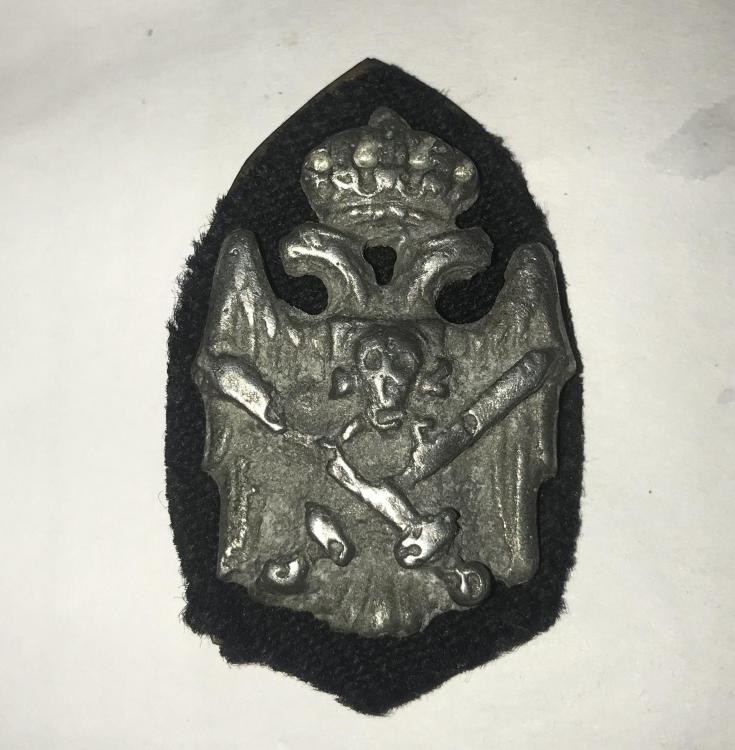
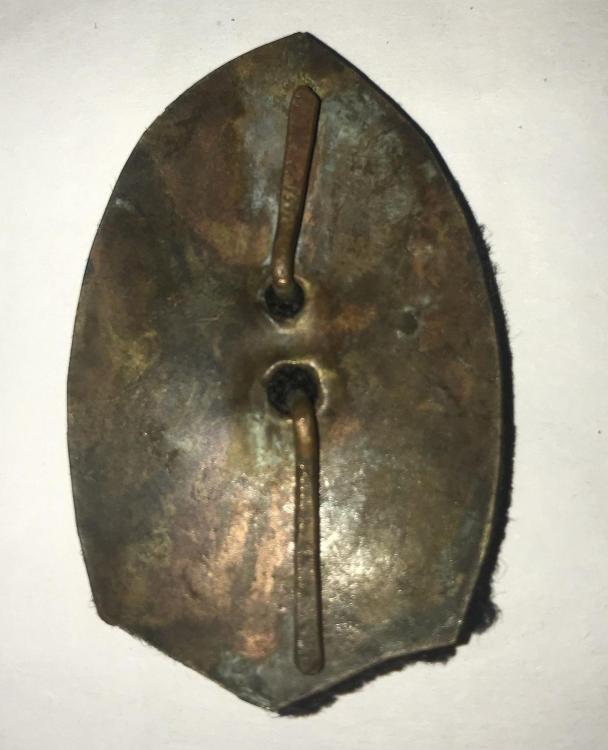
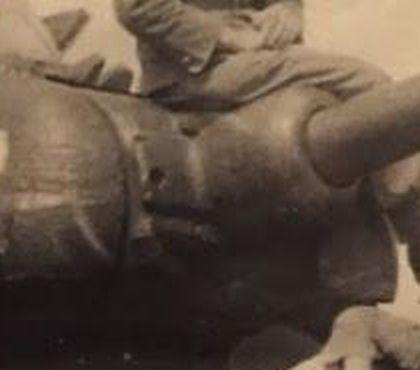
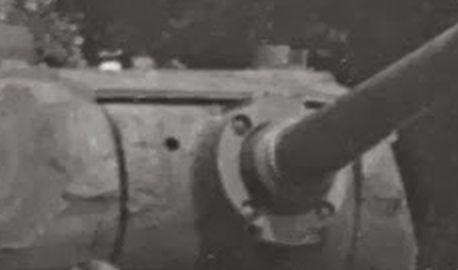
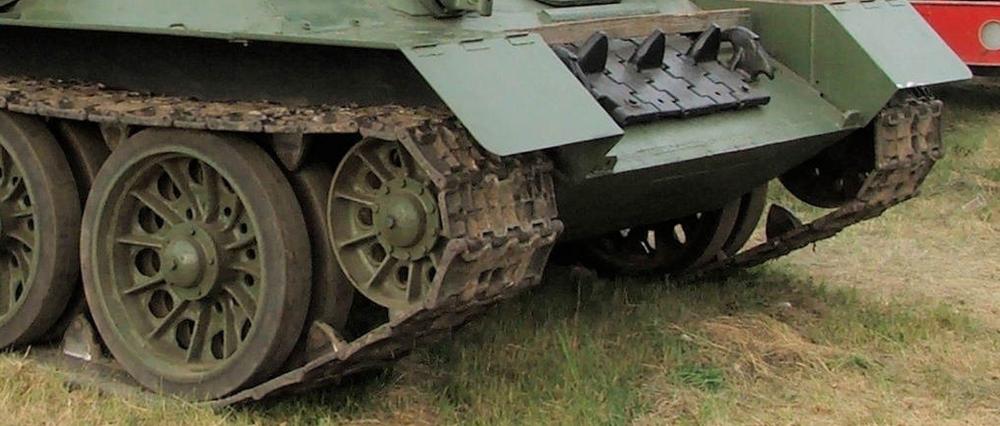

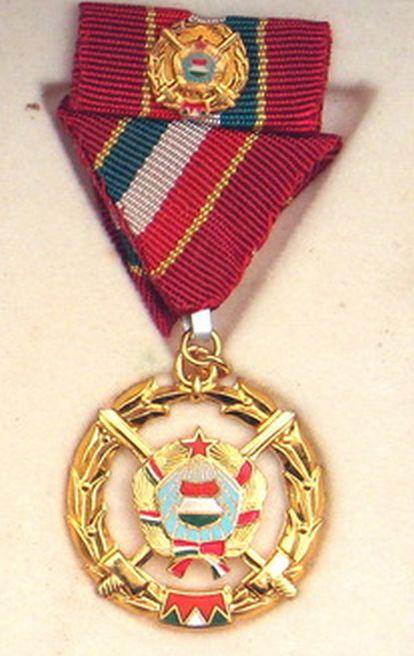
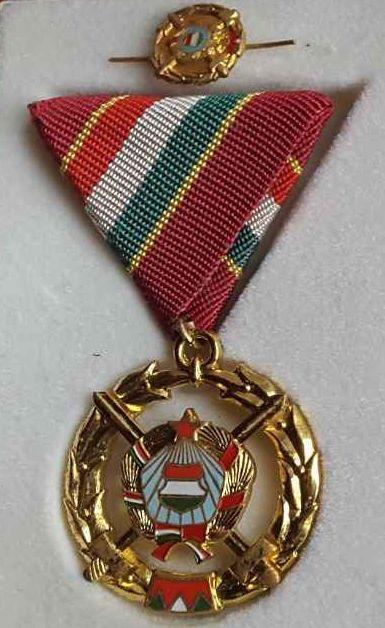
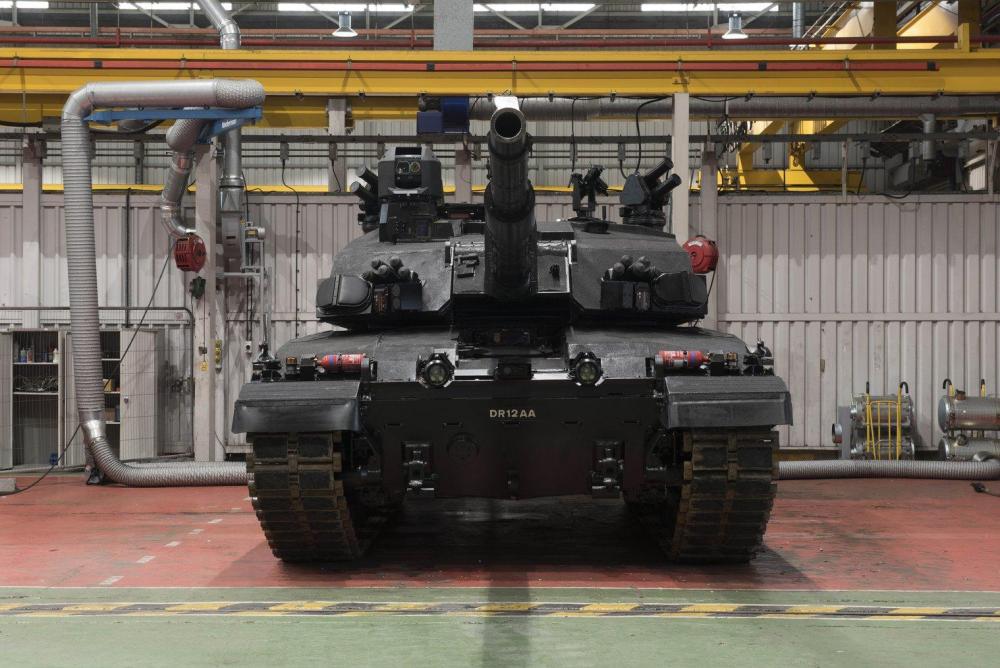
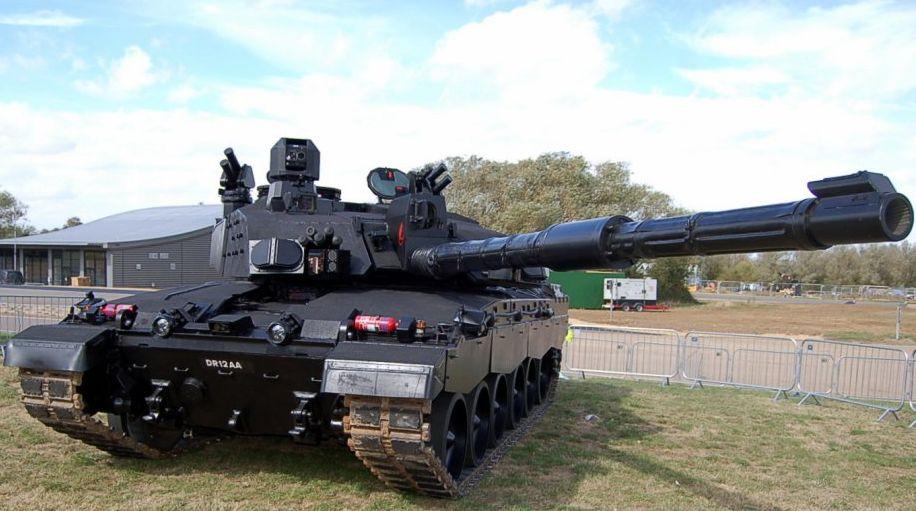
Polish T34 (Post war)
in Armour, Vehicles, Ships & Aircraft
Posted · Edited by Taz
It is a splash board to stop the driver getting sprayed with water and mud when driving with the hatch open. Can be wood or metal but almost always made of wood from images that i have seen.
About markings. I think the only official ones are the eagle and number plus the Polish red and white chequered diamond (see photo below) . On the web the named ones are mostly tv series or film tanks.
The cupola is a strange one in so far as i have seen T34-76 cupolas with two small hatches that open outwards as did some of the T34 -85 D-5T variations. I imagine the inner cupola ring can be turned to face however you want it to, the photo shows an offset Polish T34-85M2 inner cupola ring just as an example.
Regards Eddie